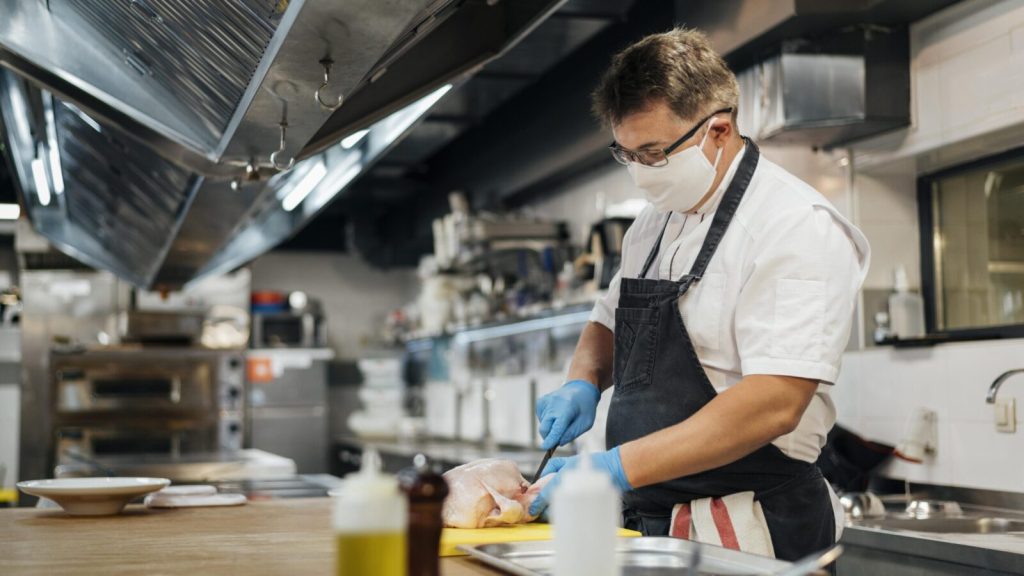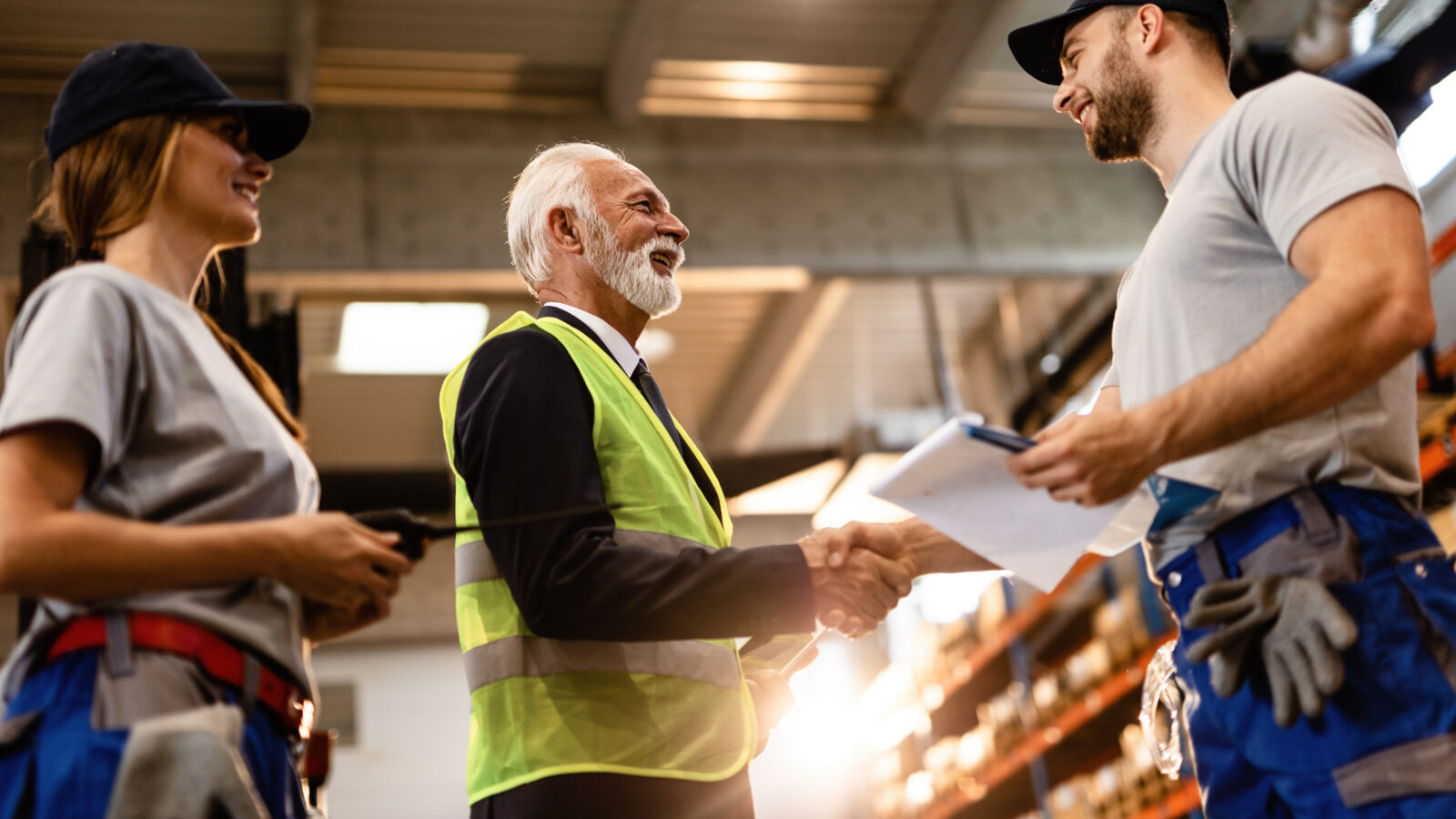
Essential PPE in the Food Industry: What You Need to Know
Overwhelmed by PPE options for food safety? Master your PPE selection for food workers safety with these practical tips.

Get 20€ off on your first order!
Safety standards in building have a long past that is full of lessons learnt through tragedy and trial. Not too long ago, building sites were often dangerous places with few safety rules and few people watching over them. Every day, workers were in danger because they didn’t have current safety gear or thorough training programs to protect them. Tragically, accidents happened all the time, hurting people, killing people, and costing companies a lot of money.
One of the first important steps in making safety standards was putting together regulatory groups to keep an eye on building safety. It was very important for these groups to make sure that safety rules were followed in the building business.
To deal with different safety problems, like preventing falls, telling people about dangers, and making sure equipment is safe, they made a set of rules and laws.
Another important change was the rise of many safety training programs that teach workers and managers about possible dangers and the best ways to reduce those risks.
These programs teach a lot of different things, from the right way to lift things to what to do in an emergency. They are very important for making building sites safer places to work. Speaking from personal experience as a counsellor, I can say that thorough training can help make the workplace safer and less prone to accidents.
Safety standards in building have gotten a lot better thanks to both government rules and training programs, as well as important technological advances. Wearable monitors, drones, and Building Information Modelling (BIM) software are some of the new technologies that have helped building companies find and deal with safety risks more effectively.
Drones can be used to do aerial scans of construction sites, finding possible dangers like buildings that aren’t stable or dangerous places to work.
In the same way, BIM software lets architects and engineers practice building projects in a virtual world. This lets them find and fix safety problems before the real work starts.
Like safety rules, the job of the building health and safety consultant changes over time. These experts are very important because they help businesses understand the complicated rules about safety and put them into action in the best way possible to keep workers and the public safe.
Consultants are very helpful for building companies that want to keep safety standards high. They do things like risk assessments and come up with safety policies and processes.
When it comes to making sure that safety is thought of at every stage of the building process, experts can really make a difference.
From the beginning of the planning process to the end of the project, consultants work closely with builders, architects, and engineers to find possible dangers and take steps to reduce those risks. This all-around approach to safety helps stop accidents before they happen, which saves lives and keeps delays and lawsuits to a minimum.
A building health and safety consultant’s other important job is to act as a link between contractors and government bodies in charge of safety.
Safety laws change all the time, and consultants help companies make sure they follow these rules. In addition, they help companies make safety plans and keep records, making sure that they follow the right steps to keep workers safe and reduce risks.
A clerk of works is someone who is often forgotten, but their job is very important for keeping building sites safe. These people work as clients’ agents on-site and make sure that building work is done according to plans and safety expectations.
Accidents can be avoided and projects are finished safely and to the highest standards with the help of clerks of works who spot and fix safety problems as they happen.
To sum up, the past of building safety norms has been one of progress and hard work. The building industry has come a long way in putting safety first and protecting workers’ and the public’s health. It used to be very easy, but now there are strict rules and processes. I’m glad to be a part of this change as a health and safety expert. Along with other people in the field, I work to get builders to think about safety and make sure that projects are finished on time and safely.
Thank you! You've signed up for our newsletter.



















Overwhelmed by PPE options for food safety? Master your PPE selection for food workers safety with these practical tips.

Struggling to maintain clear vision in demanding environments? This guide is here to help. By the end, you’ll know exactly...

Electricians across Europe face unique challenges that require reliable safety glasses to ensure both protection and efficiency. Whether safeguarding against...

Overwhelmed by PPE options for food safety? Master your PPE selection for food workers safety with these practical tips.

Struggling to maintain clear vision in demanding environments? This guide is here to help. By the end, you’ll know exactly...

Electricians across Europe face unique challenges that require reliable safety glasses to ensure both protection and efficiency. Whether safeguarding against...
Get 20€ off on your first order!
Save 30% by buying directly from brands, and get an extra 10€ off orders over €100
Save 30% by buying directly form brands, and get an extra 10€ off orders over €100